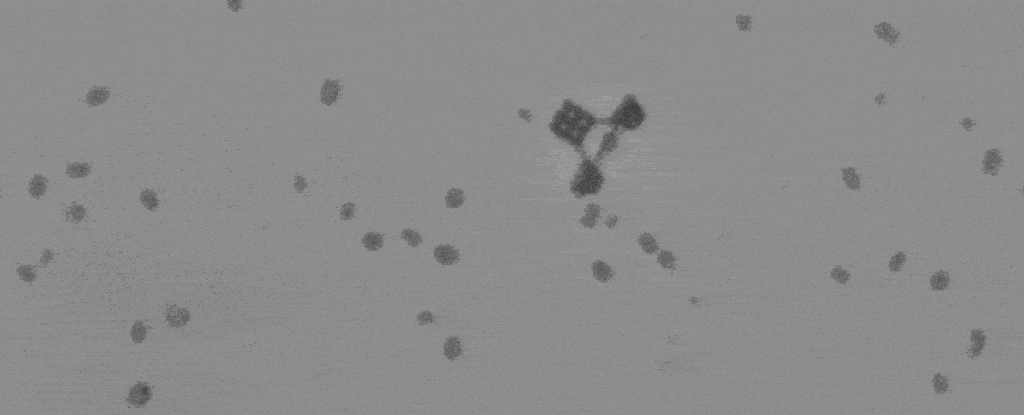In 1959, the famous theoretical physicist, Richard Feynman, fantasized about a future in which microrobots swam through our bloodstreams, fixing up our insides or delivering drugs as they go.
Sixty-five years later, scientists are inching closer to that reality.
Engineers at the University of Tokyo have now figured out a way to motorize tiny microscopic structures without the need for an external power source.
The solution? A team of free-moving, single-celled organisms hitched up to a 'chariot' like itty-bitty horses.
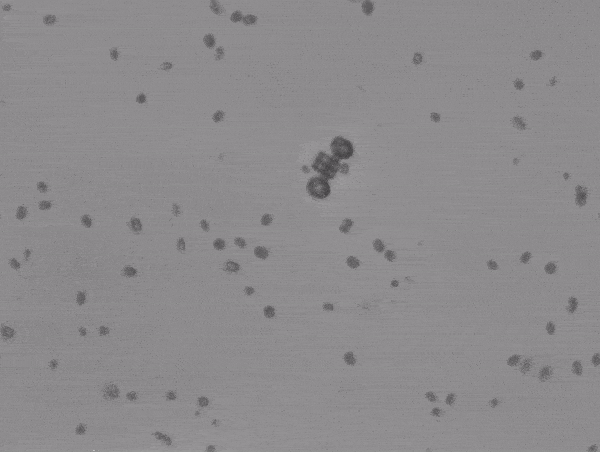
The research wasn't just a pursuit in cuteness, although it looks every bit as adorable as it sounds. One of the problems with 'microbots' designed thus far is that being so tiny, fluids like blood can take on the viscosity of molasses.
This makes it harder for the bot to move about, which is why scientists have tried for years now to create tiny motors powerful enough to propel such structures with greater ease.
Harnessing the swift swimming abilities of the green algae Chlamydomonas reinhardtii, engineers in Japan have come up with a unique solution.
Each cell of C. reinhardtii is only 10 micrometers in width, which is a third of the size of Benchy the tugboat – the smallest ship in the world, 3D-printed in 2020.
Together, however, they can pull machines five times larger than their own individual size – "opening a whole new realm of possibilities for the development of complex micromachines", the machine's designers say.
The algae, which are considered safe for human consumption, are powered by two flagella, propelling each unit forward in a similar way to breaststroke.
Trapped inside a specially designed bridle-like basket, the cell's flagella stick out front, allowing it to drag the rest of the vehicle behind as it paddles.
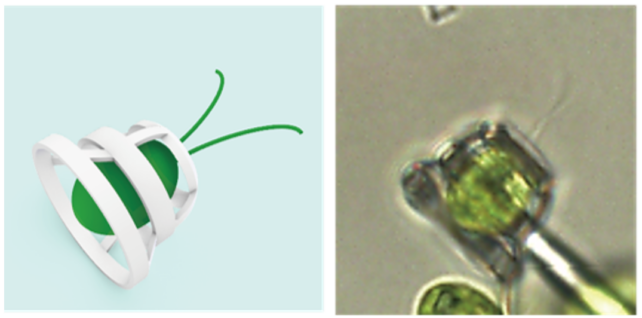
Unlike other micromotors that scientists have designed – which often rely on external power sources like magnetic or electrical fields – living motors like C. reinhardtii can move autonomously.
Lead author Haruka Oda and his colleagues designed two different, 3D-printed plastic vehicles for the algae to steer, each of which is between 50 to 60 microns in width. To put that in perspective, the average human hair is about 100 microns in thickness.
One of the micromachines is called the "Scooter". It has two baskets for trapping two cells of algae, both of which face the same direction and are connected to a 'chariot' at the back.
Without prompting, C. reinhardtii take up their positions in each cockpit.
The researchers were surprised to find the scooter did not move straight, even when each basket was occupied. Instead, it rotated and turned in intricate ways. It even did 15 back-flips and 10 rolling movements.
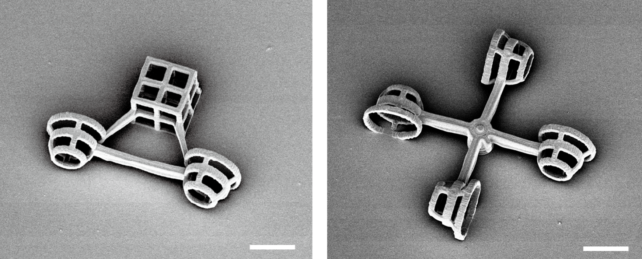
The other vehicle shape, called the "Rotator", moved more smoothly. It was designed with four baskets, all of which are pointed in the same direction and are connected via spokes into a wheel-like formation.
With one algal cell occupying each of the four baskets, the structure 'spins' at an average speed of 20 to 40 micrometers a second, kind of like a ride at a microscopic carnival.
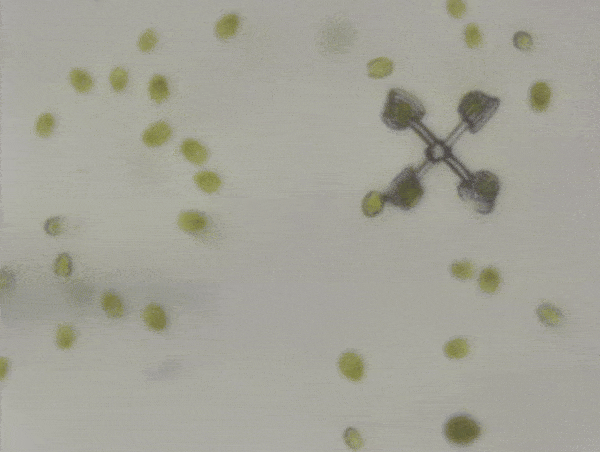
C. reinhardtii can reach speeds of 100 micrometers a second when unencumbered, so researchers are now trying to see if they can make these micromachines move faster and with more precision.
The Rotator, which was just 56 micrometers in size, is five times larger than another previously-designed microvehicle which was made in 2017 to be powered by self-propelled bacteria. Unlike algae, however, the speed of these bacteria had to be controlled by a special light modulator.
"The methods developed here are not only useful for visualizing the individual movements of algae, but also for developing a tool that can analyze their coordinated movements under constrained conditions," says Shoji Takeuchi, who supervised the project.
"These methods have the potential to evolve in the future into a technology that can be used for environmental monitoring in aquatic environments, and for substance transport using microorganisms, such as moving pollutants or nutrients in water."
One day, these lines of research could even bring about Feynman's dream of a microbot delivering 'small cargo', like medicine, in a liquid environment, like blood, powered by life itself.
The study was published in Small.
